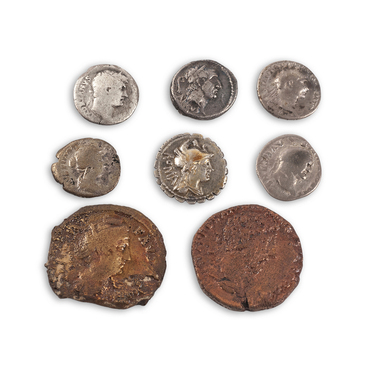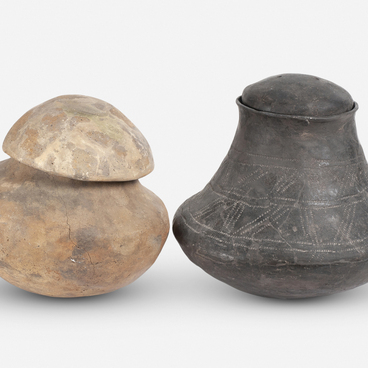In the first century of the Common Era, trade routes began to develop on the territory of the modern Kaliningrad region. Some of them passed along the Baltic Sea coast, others made possible intertribal contacts along the river.
The Great Amber Road of the Roman Empire occupied a special place in trade. This route was used to establish contacts between the Baltics and Roman centers in the Mediterranean. The trade in amber was facilitated by the dismissive attitude of the Aesti, as the local population was referred to by Roman historians.


